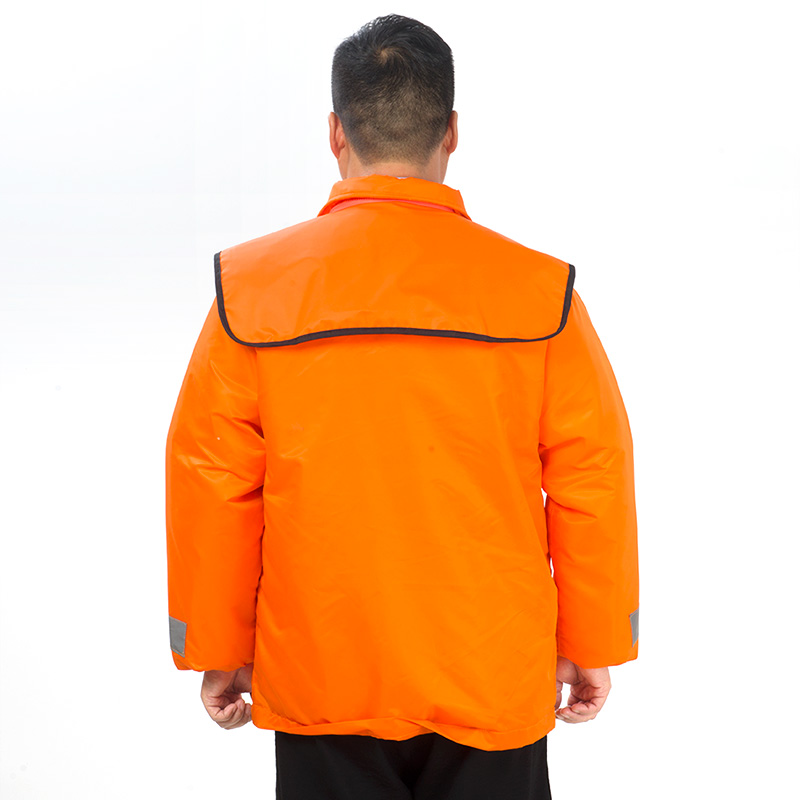What is the difference between a life jacket and a life vest?
2023-10-26
"Life jacket" and "life vest" are often used interchangeably, and the terminology can vary by region and personal preference. However, there are some distinctions that people make based on the design and purpose of these personal flotation devices (PFDs). Here are the key differences:
1. Life Jacket:
- Buoyancy: Life jackets are typically designed to provide more buoyancy, which means they are better at keeping a person afloat in the water, even in rough conditions. They are often bulkier and offer greater buoyant support, which can be important in open water and offshore situations.
- Design: Life jackets often have a more structured design with multiple panels, foam inserts, and adjustable straps. They are usually designed to turn an unconscious person face-up in the water, keeping the airway clear.
- Intended Use: Life jackets are commonly used for activities such as boating, sailing, kayaking, and other water sports, where the wearer may be far from shore or in situations where assistance may take longer to arrive.

2. Life Vest:
- Buoyancy: Life vests are typically more lightweight and may offer less buoyancy compared to life jackets. They are designed to provide buoyancy while allowing more freedom of movement, making them suitable for activities where mobility is crucial, such as swimming and water sports.
- Design: Life vests often have a simpler, less bulky design. They are usually less structured and may not always turn an unconscious person face-up in the water.
- Intended Use: Life vests are often associated with recreational water activities, such as swimming, water skiing, and jet skiing, where the wearer is expected to remain conscious and active in the water.
It's important to note that the terminology and standards for these devices can vary by country and organization. In the United States, for instance, the U.S. Coast Guard categorizes both life jackets and life vests under the broader term "personal flotation devices" (PFDs), and they must meet specific safety standards. When choosing a PFD for a particular activity, it's essential to consider the specific requirements and regulations relevant to that activity and location to ensure safety on the water.


